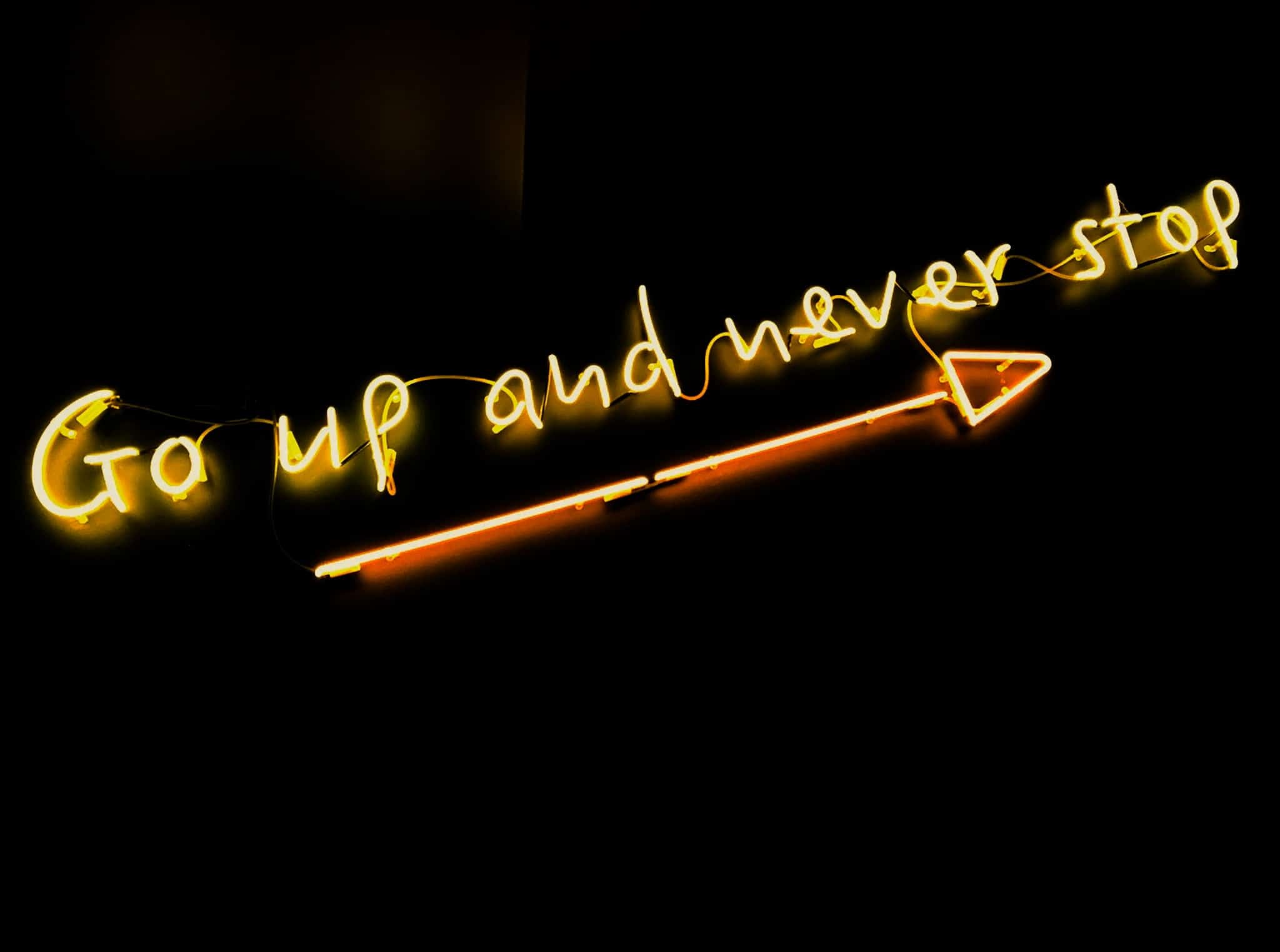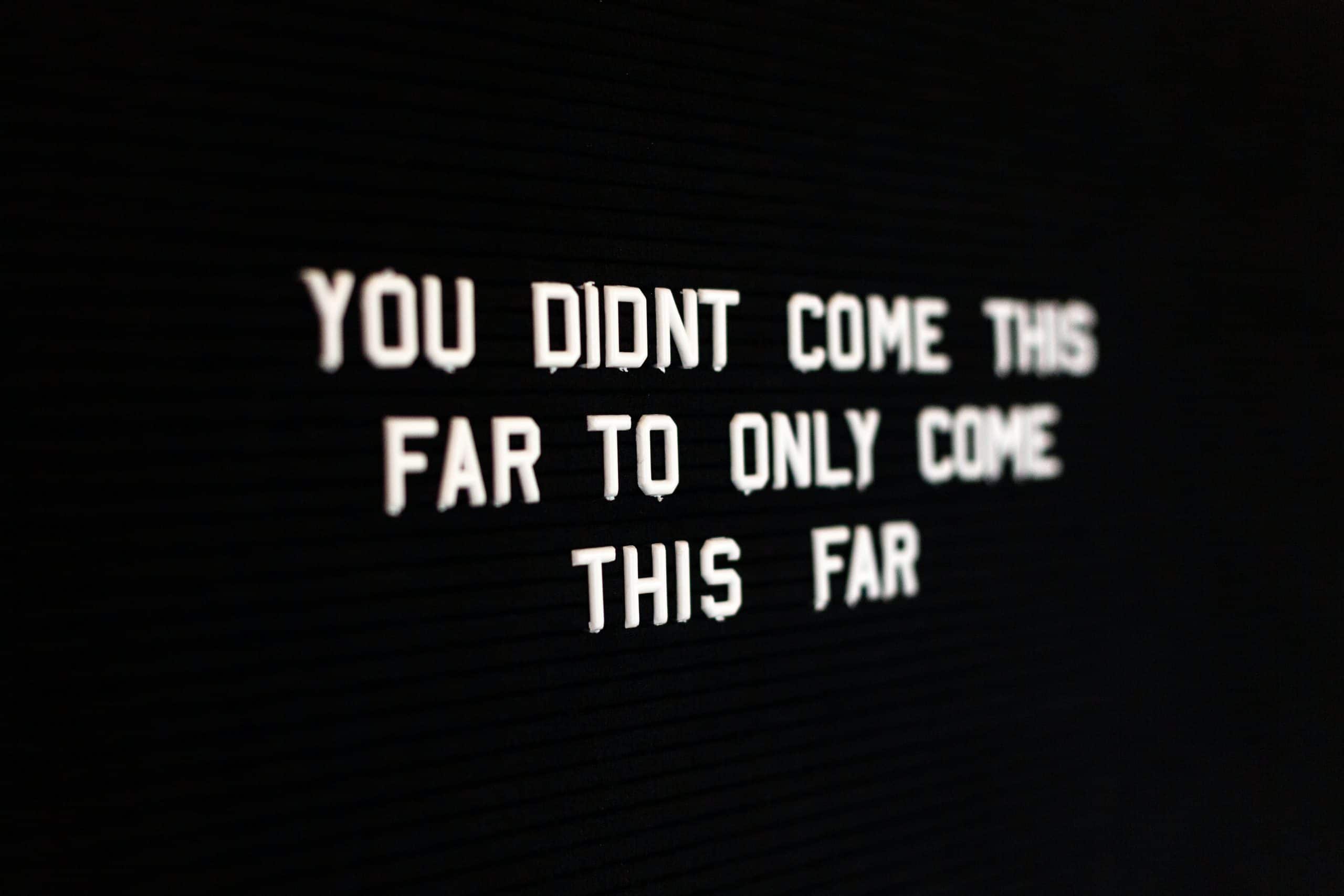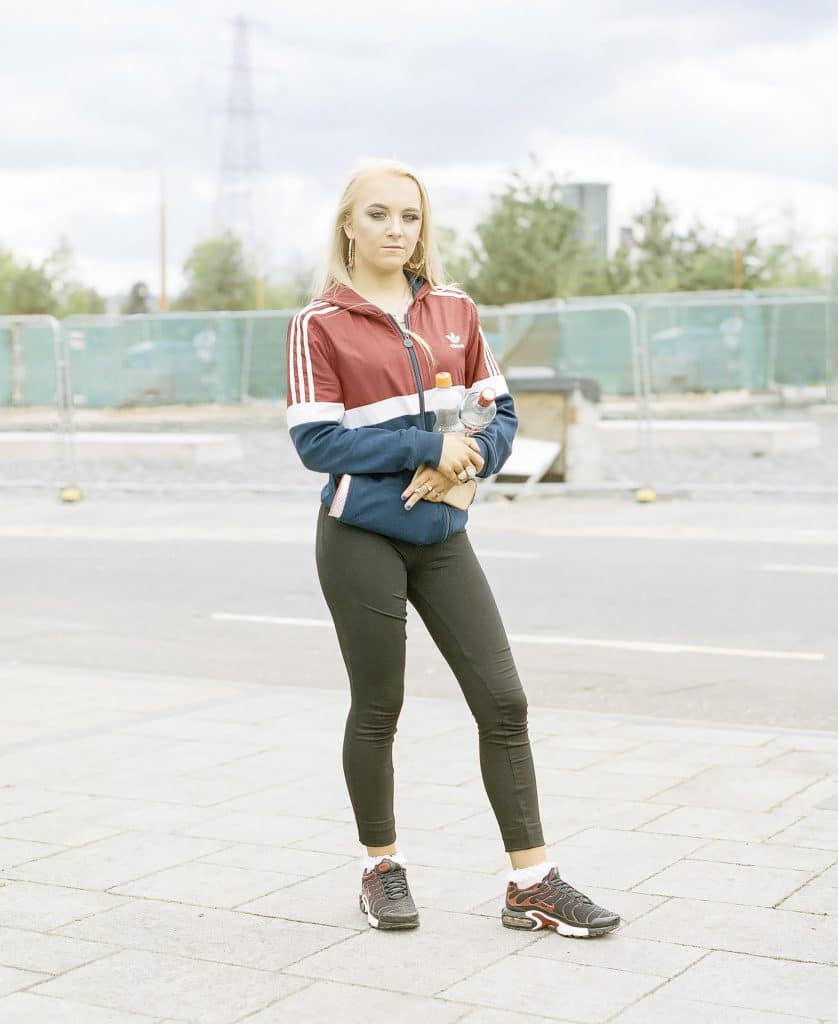
Beth, Near McDonalds, East Belfast
What made you decide to get involved in print-swap, and who are some of the artists that you have swapped with so far or are interested in swapping with?
Printspace has been on my radar for a while now, as many alumni from my course have used the facilities, and some have even worked there (Alex Ingram for instance). Having had this project picked up by The BJP recently, I decided to look at other platforms, and the print-swap seemed liked the perfect thing. So far, I have requested to swap that stellar portrait by Laura Pannack, and I have successfully swapped a print with Tommaso Rada, which is amazing. At the exhibition, a lot of people seemed interested in the physical postcard prints I bought along, which was great to see.
I’m really interested in your 99 Peace Walls project. What made you decide to photograph these people, and how did you go about finding the people to photograph?
99 Peace Walls was undertaken off the back of an earlier project called Céad Míle Fáilte, which focussed on the dwindling and ageing Irish population of Birmingham, specifically in the Digbeth area. It was also an opportunistic project, in the sense that I was working at the most recent Belfast Photo Festival 2017, and had my camera with me for my days off.
My process is fairly straightforward, and I owe a lot to the fact that I shoot on a Mamiya RZ-67. This is because it is a piece of technology that the majority of people have not seen before, and instantly acts as a conversation starter when I approach someone, or a group of people. Whilst in Belfast and not working, I would take myself away into the city and aim to get lost. Chance happenings and meetings would inevitably present themselves to me, and I would document the things I found interesting. Whether this was a group of young people ‘hanging out’ together near McDonalds, or a man walking his dog, my process and attitude to making a portrait remained the same. Much like my other projects, I never aim to explicitly make comment on class, religion or political issues, but these things will always creep in. I strive to achieve a sense of ‘objectivity’ through portraiture. Of course, this is a very loose term, and there are many conversations to be had surrounding the role of the photographer, the purpose of environmental portraiture, and artistic bias, but I hope that gives a slight insight into how I like to work.
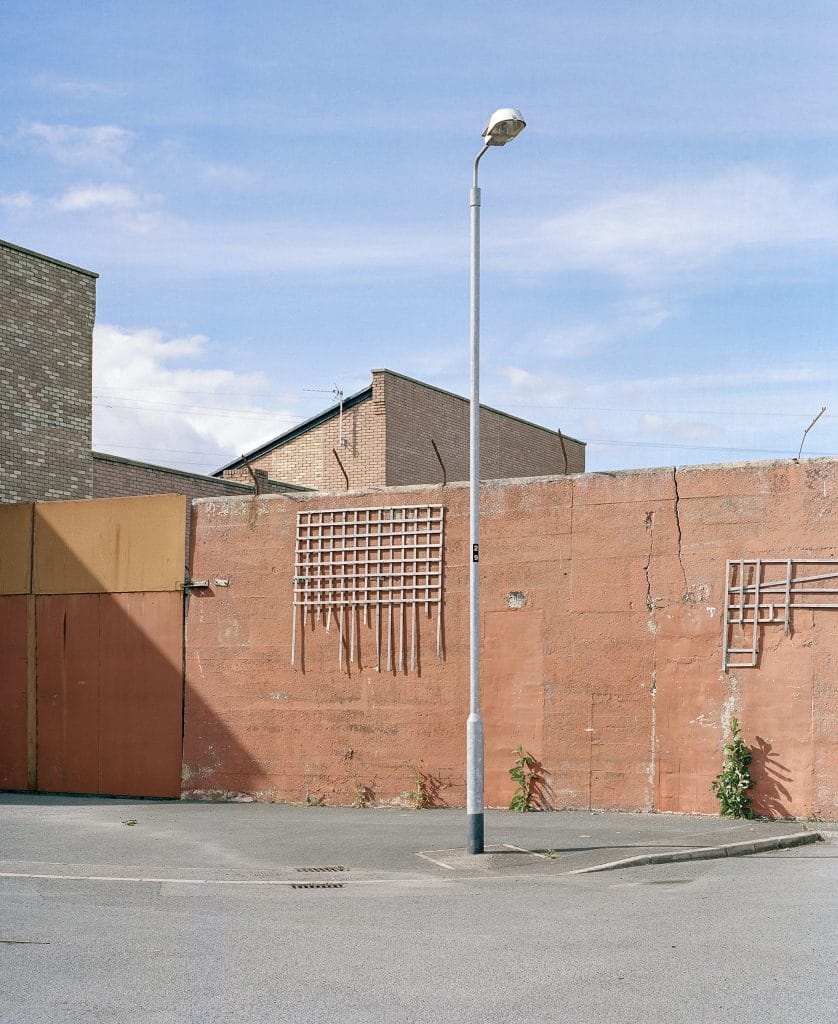
Untitled #1, East Belfast.
The photographs in this series appear intrinsically British. Despite my growing up in Yorkshire as opposed to Ireland, they inspire strong recollections of my childhood. What is it about these scenarios that makes them able to be both totally exotic and completely familiar?
If your childhood involved underage drinking, messing around in public parks and/or counting down the minutes until school kicked out, then these images would resonate well! All jokes aside, I know totally what you mean, and I think this is why this (ongoing) project has been received so well. I did not make the work with the intention of it being seen anywhere, but it just so happens that people like it. Maybe it is the nostalgia of British adolescence, the escapism of the every day and living for having a good time with your mates. Equally, the political and religious undertones of Northern Ireland that seep through these portraits (or scenarios as you put it), which I think most viewers would be aware of, means the photographs are already hung up on a sort of heightened pedestal. What I am trying to say is that I don’t think the portraits would have the exact same potency if they were shot in my home town of Cheltenham for example. I think this is due to the history and ongoing conflict in Northern Ireland, and specifically in this case, Belfast.
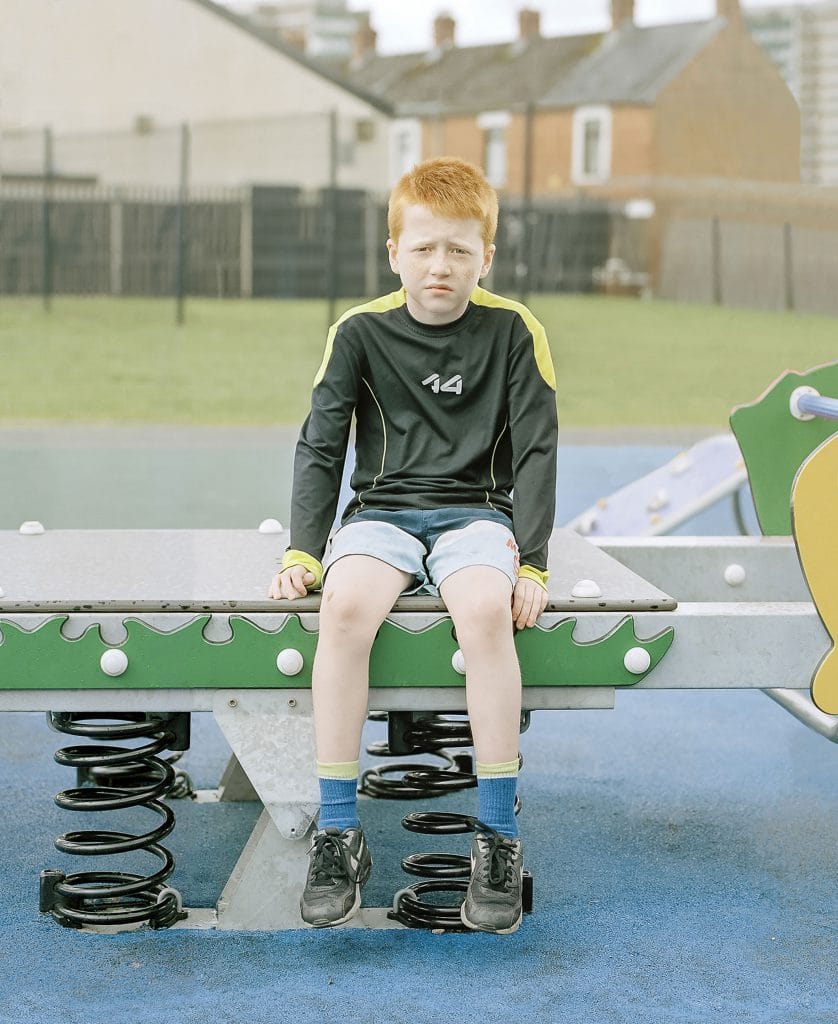
Keelian, Willowbank Youth Club Park, West Belfast
What are you working on at the moment, and do you have any more shows coming up in the near future?
I am returning to Belfast towards the end of this month to take part in a curating event, mainly in the hope of landing a residency or potential funding. I plan to continue 99 Peace Walls in this time, but I will probably end up making another journey there before Christmas. Other than that, I have a few ideas in the pipeline, one involving a trip to Japan. The project is mapped out and planned, I just need to continue to search for funding opportunities, as I narrowly missed out on one a few months back!
The next show I will be involved in will be my end of year Photography Degree Show, which we will be exhibiting somewhere in London, as well as in Bristol. Watch this space!
Where can we find out more about your work?
You can see more of my work at www.joshadamjones.photography or on Instagram @joshadamjonesphoto.
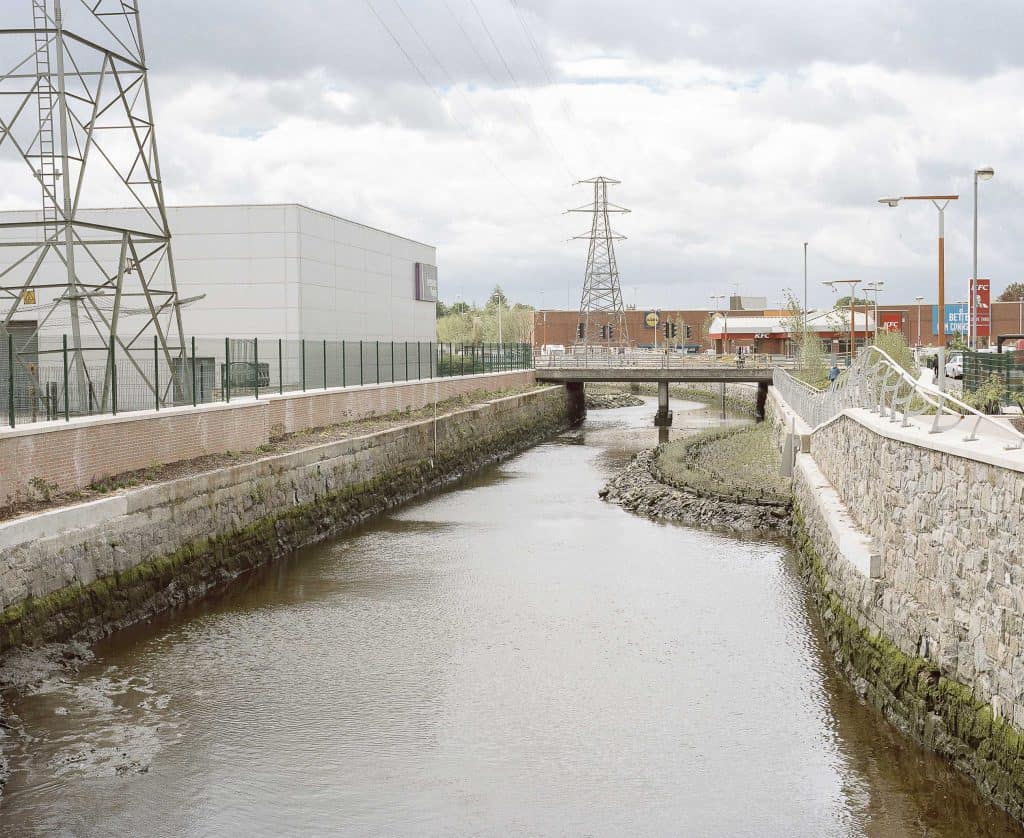
Connswater Shopping Centre, East Belfast
What made you decide to get involved in print-swap, and who are some of the artists that you have swapped with so far or are interested in swapping with?
Print Space has been on my radar for a while now, as many alumni from my course have used the facilities, and some have even worked there (Alex Ingram for instance). Having had this project picked up by The BJP recently, I decided to look at other platforms, and the print-swap seemed liked the perfect thing. So far, I have requested to swap that stellar portrait by Laura Pannack, and I have successfully swapped a print with Tommaso Rada, which is amazing. At the exhibition, a lot of people seemed interested in the physical postcard prints I bought along, which was great to see.
I’m really interested in your 99 Peace Walls project. What made you decide to photograph these people, and how did you go about finding the people to photograph?
99 Peace Walls was undertaken off the back of an earlier project called Céad Míle Fáilte, which focussed on the dwindling and ageing Irish population of Birmingham, specifically in the Digbeth area. It was also an opportunistic project as well, in the sense that I was working at the most recent Belfast Photo Festival 2017, and had my camera with me for my days off.
My process is fairly straightforward, and I owe a lot to the fact that I shoot on a Mamiya RZ-67. This is because it is a piece of technology that the majority of people have not seen before, and instantly acts as a conversation starter when I approach someone, or a group of people. Whilst in Belfast and not working, I would take myself away into the city and aim to get lost. Chance happenings and meetings would inevitably present themselves to me, and I would document the things I found interesting. Whether this was a group of young people ‘hanging out’ together near McDonalds, or a man walking his dog, my process and attitude to making a portrait remained the same. Much like my other projects, I never aim to explicitly make comment on class, religion or political issues, but these things will always creep in. I strive to achieve a sense of ‘objectivity’ through portraiture. Of course, this is a very loose term, and there are many conversations to be had surrounding the role of the photographer, the purpose of environmental portraiture and artistic bias, but I hope that gives a slight insight into how I like to work.
The photographs in this series appear intrinsically British. Despite my growing up in Yorkshire as opposed to Ireland, they inspire strong recollections of my childhood. What is it about these scenarios that makes them able to be both totally exotic and completely familiar?
If your childhood involved underage drinking, messing around in public parks and/or counting down the minutes until school kicked out, then these images would resonate well! All jokes aside, I know totally what you mean, and I think this is why this (ongoing) project has been received so well. I did not make the work with the intention of it to be seen anywhere, but it just so happens that people like it. Maybe it is the nostalgia of British adolescence, the escapism of the every day and living for having a good time with your mates. Equally, the political and religious undertones of Northern Ireland that seep through these portraits (or scenarios as you put it), which I think most viewers would be aware of, means the photographs are already hung up on a sort of heightened pedestal. What I am trying to say is that I don’t think the portraits would have the exact same potency if they were shot in my home town of Cheltenham for example. I think this is due to the history and ongoing conflict in Northern Ireland, and specifically in this case, Belfast.

Jackie Henderson, The Con (Constitution) Club, East Belfast.
What are you working on at the moment, and do you have any more shows coming up in the near future?
I am returning to Belfast towards the end of this month to take part in a curating event, mainly in the hope of landing a residency or potential funding. I plan to continue 99 Peace Walls in this time, but I will probably end up making another journey there before Christmas. Other than that, I have a few ideas in the pipeline, one involving a trip to Japan. The project is mapped out and planned, I just need to continue to search for funding opportunities, as I narrowly missed out on one a few months back!
The next show I will be involved in will be my end of year Photography Degree Show, which we will be exhibiting somewhere in London, as well as in Bristol. Watch this space!
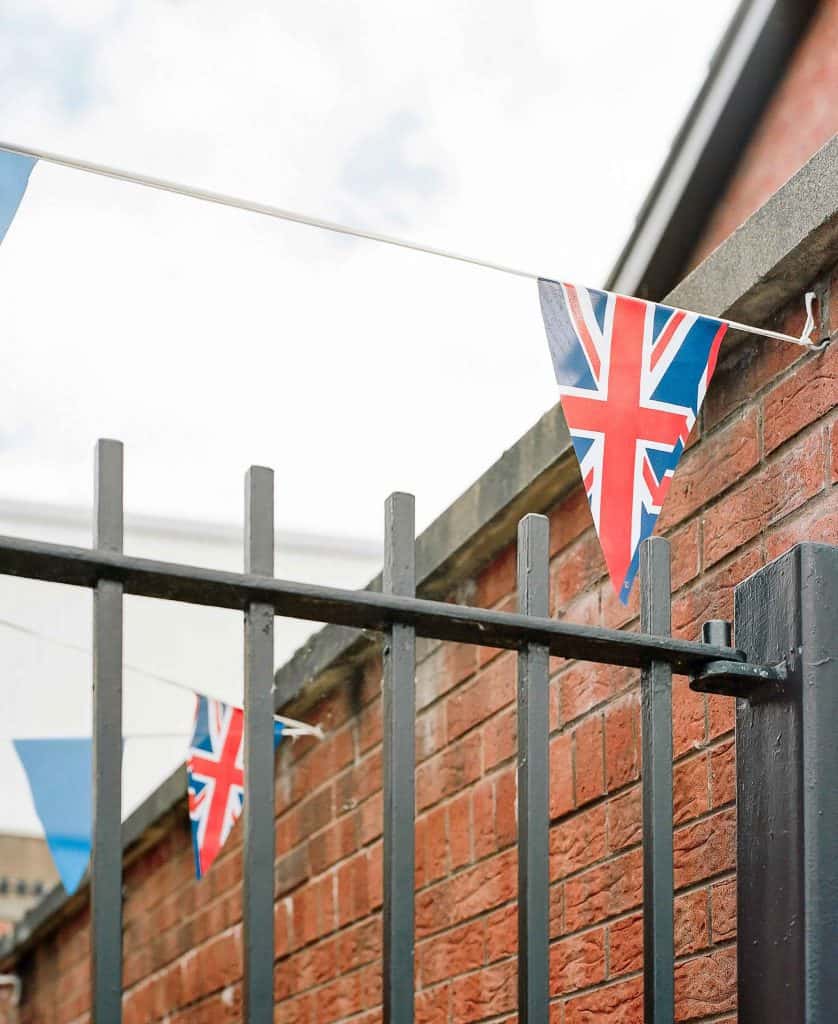
Untitled #2, East Belfast.
Where can we find out more about your work?
You can see more of my work at my website or on Instagram @joshadamjonesphoto.
